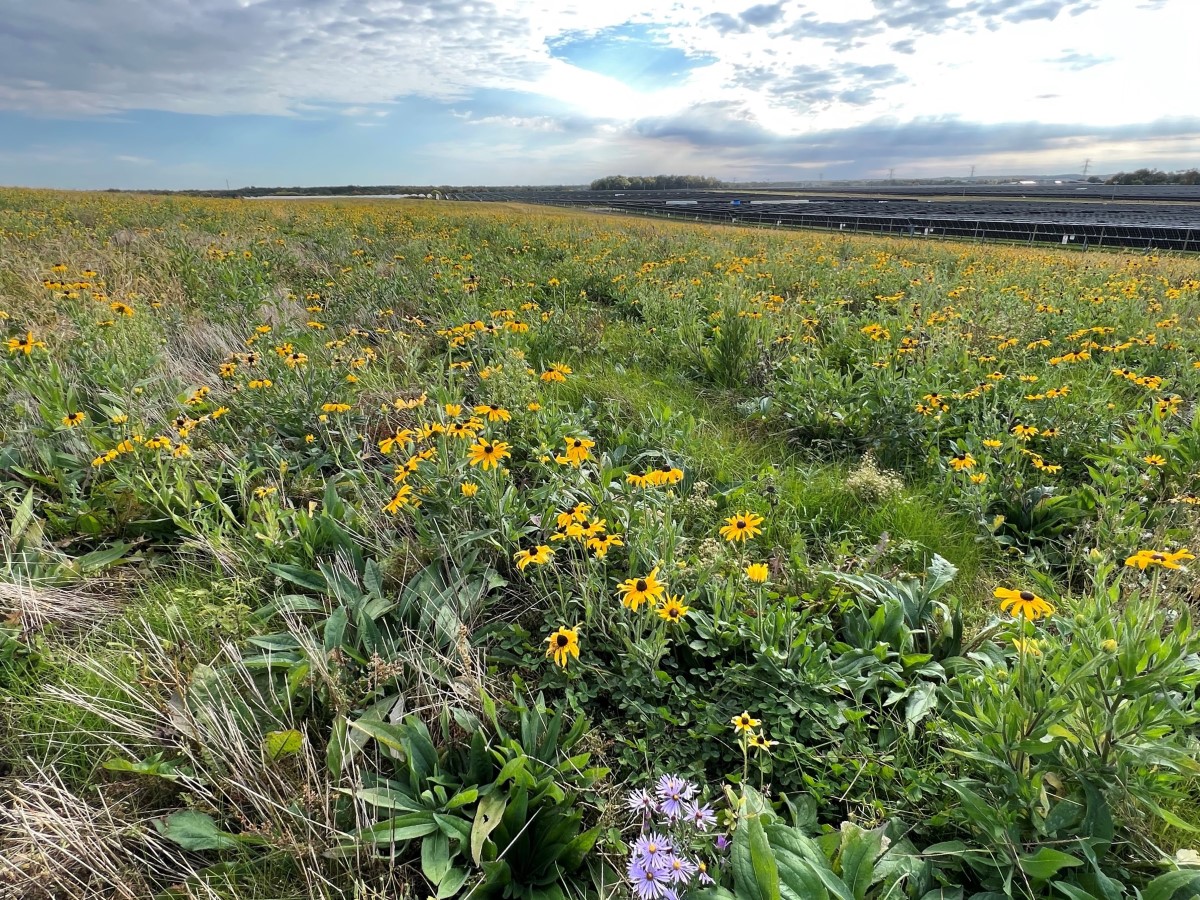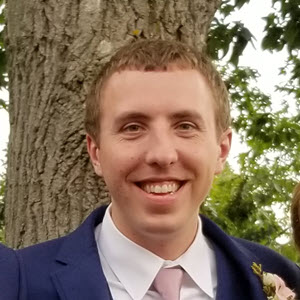After decades of farming, soil sometimes needs a break to recover. Farmers have options such as rotating crops, joining the Conservation Reserve Program, or leasing their land for a renewable energy project.
A solar project lease ensures a long-term contract for up to 30 years and can provide farmers with better returns once the project is decommissioned.
Working similarly to a Conservation Reserve Program, the careful management of vegetation during solar projects restores long-term health to the soil. Utilities and developers are required to thoroughly state their Vegetation Management Plan for review by regulators to determine the best path forward for the environment.
What goes into a Vegetation Management Plan? Two things: Seeds and maintenance.
Types of seeds
- Temporary seeding during construction. Cover crops such as wheat, oats or rye grass build soil organic matter, assist with weed suppression and prevent erosion during construction or following the removal of agriculture production.
- Permanent seed mixes for solar arrays and pollinator areas. This includes a low-growth native grass or non-native graminoid seed mix for the solar panel array area. Both of these low-maintenance options provide low-stature vegetation that won’t grow taller than the bottom of the solar panels.
When it comes to our solar projects, we plant pollinator-friendly seed mixes such as native grasses, sedges, rushes and wildflowers to promote flowering in the spring, summer and fall.
Maintenance
There are three main maintenance phases during the vegetation growth lifecycle of a solar project:
- Establishment phase. During the first two years after seeding, mowing is required about every 4-6 weeks to reduce fast-growing weeds.
- Transition phase. By year three, desirable vegetation has typically been established, but the ground is still susceptible to weed growth for the first five years. Mowing is usually reduced or targeted to specific areas.
- Long-term maintenance. From year six to the end of the solar projects’ life, mowing typically occurs once every other year to minimize establishment of woody vegetation.
Through this thoughtful planning of solar projects, we’re able to do more than create a clean energy future — we’re living our value to make things better by helping landowners, neighbors and the community while generating more clean energy.
Learn more about these environmental benefits through our project webpages.


